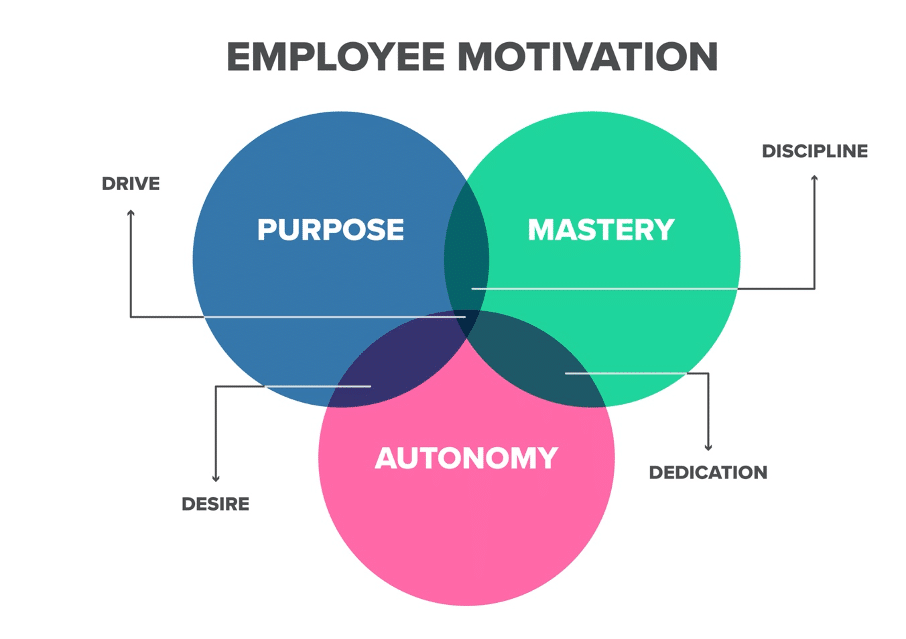Culture Eats Strategy for Breakfast… Or Does It?
For decades leadership consultants have emphasized the importance of culture. From wellness programs, vacation packages, Tune Tuesdays and food trucks, organizations from the East to West coast have come up with creative ways to strengthen corporate culture. Specialists in organizational development leverage data to better understand employees and help support company loyalty and retention through culture.
The pandemic has turned corporate life on its head. With more and more organizations working from home or implementing hybrid employment, how does an organization keep employees connected and engaged? For some people, access to the gym, ping pong over lunch or charitable days off may continue to be desirable. However, for many others in-office perks could feel isolating. For hybrid or remote employees, receiving emails about “donuts in the lunchroom” can feel detaching.
The future of employee engagement is likely less about large scale programs and is more focused on key individual factors. Daniel Pink, a leading researcher in motivation has preached for decades that the “Puzzle of Motivation” comes down to three main factors: autonomy, mastery and purpose. Especially, for remote and hybrid employees, who will be less enticed by a company gym, in person luncheon or free parking. Organizations employing the essential triad of autonomy, mastery, and purpose could experience not only an increase in tenure, but an increase in performance.

Autonomy
Employees who feel that they have the trust and autonomy to take on their work, will often run with it because they feel empowered to do so. Have you ever noticed that when you help your toddler get dressed every day, they eventually stop trying to do it on their own? Grown-ups are the same. Once given the room, people tend to find solutions in their own manner.
Mastery
When employees seek out opportunities to learn, develop and become experts, they can see their potential as unlimited. Organizations and leaders that encourage continuing education through courses, experiences, and stretch assignments help engage loyal teammates.
Purpose
When humans feel that they are adding value, their intrinsic drivers kick in as they work toward the strategic big picture. When the school janitor can see that by cleaning hallways and desks at night to support creating an environment that fosters young minds, she is more likely to go above and beyond. For many employees, having a leader that can bring this purpose to light and help the employee link their efforts to the bigger picture can spark engagement, performance, and ultimately retention of your top performers.
As we change the way we work, how is your organization cultivating autonomy, mastery and purpose for its employees?
Coauthored by Zach Graham, M.Ed.
Reference:
Pink, Daniel H. (2009). Drive: The Surprising Truth About What Motivates Us. ISBN 978-1-59448-884-9. NYT Hardcover Nonfiction bestseller No. 12, March 7, 2010.[11]
